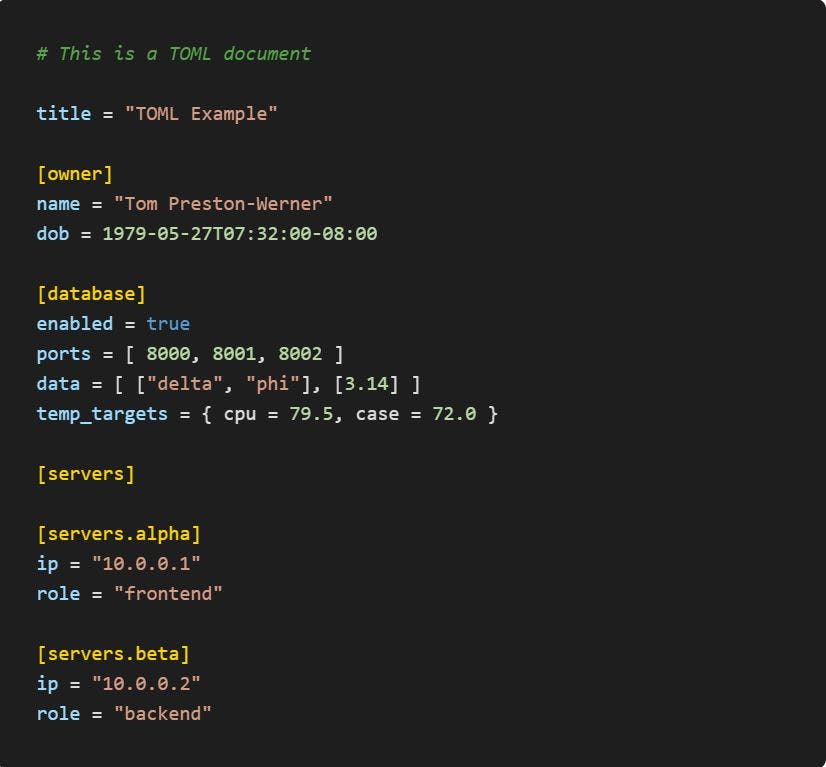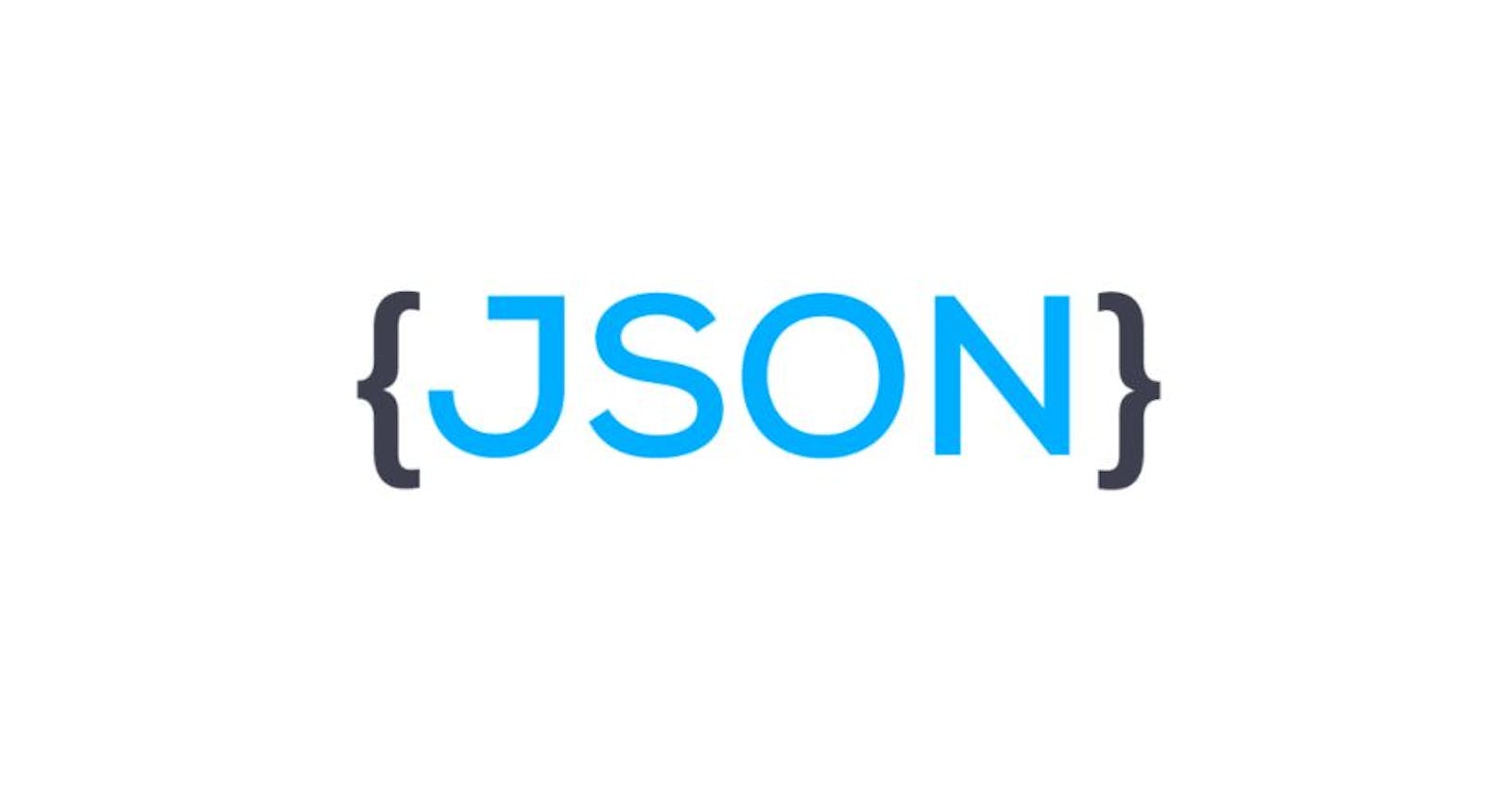JSON stands for JavaScript Object Notation JavaScript Object Notation is a lightweight data-interchange format
Why do we use JSON
- It is a way to store information in an organized, easy-to-access manner.
- It is often used when data is sent from a server to a web page
- It is easy to read and write.
- It is a lightweight text-based interchange format.
- It is language independent.
Data Serialization
The process of translating data structures or object state into a format that can be stored and reconstructed later in the same or another computer environment.

JSON Alternatives
YAML
YAML is a data serialization language. It came out in 2001 it came out in 2001, YAML stood for “Yet Another Markup Language.” The acronym was later changed to “YAML Ain’t Markup Language” to emphasize that the language is intended for data and not documents. Unlike XML or JSON, YAML presents data in a way that makes it easy for a human to read. The simple syntax does not impact the language’s capabilities. Any data or structure added to an XML or JSON file can also be stored in YAML.
Features
- Cross-language data portability - A consistent data model - One-pass processing - Ease of implementation and useCSV
A CSV file is a Comma Separated Values file. All CSV files are plain text files, can contain numbers and letters only, and structure the data contained within them in a table form.
XML
It is a simple, very flexible text format derived from SGML (ISO 8879). It stands for eXtensible Markup Language. XML was designed to store and transport data. designed in a way that is both human- and machine-readable.
BSON
JSON and BSON are close cousins, as their nearly identical names imply, but you wouldn’t know it by looking at them side-by-side. JSON, or JavaScript Object Notation, is the wildly popular standard for data interchange on the web, on which BSON (Binary JSON) is based. BSON is not used with every application and mainly extends its usage to NoSQL databases such as MongoDB.
MessagePack
MessagePack is an efficient binary serialization format. It lets you exchange data among multiple languages like JSON. But it's faster and smaller.
TOML

TOML aims to be a minimal configuration file format that's easy to read due to obvious semantics. TOML is designed to map unambiguously to a hash table. TOML should be easy to parse into data structures in a wide variety of languages.
Solidity
Solidity is a statically-typed curly-braces programming language designed for developing smart contracts that run on Ethereum. It is highly influenced by C++, Python and JavaScript and has been designed to target the Ethereum Virtual Machine (EVM).
OGDL
OGDL is a structured textual format that represents information in the form of graphs, where the nodes are strings and the arcs or edges are spaces or indentation. Unlike JSON and YAML, OGDL includes a schema notation and path traversal notation.
